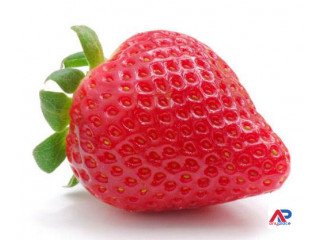Compression Springs
2022-06-02 12:40 Phones & Tablets Sahāranpur 277 views Reference: 1042Location: Sahāranpur
Price: Contact us
Types of Compression Springs
Compression springs ;are coil springs that hold mechanical energy in their compressed states. When these springs experience a compression load, they compress and become shorter, capturing and storing significant potential force. Once the load is diminished or removed, the stored energy forces the springs back to their original shapes and lengths.
Compression springs are helical—i.e., spiral-like—springs. When force isn’t applied to them, they demonstrate an open-coiled design. However, as pressure presses down along the axis of the spring, the coils push tighter against each other. This effect shortens the length of the spring and stores energy. Once the pressure ceases, the stored energy returns the spring to its original height.
The types of compression springs available include:
Convex springs
Convex springs (i.e., barrel-shaped springs) have coils with larger diameters in the middle of the spring and coils with smaller diameters on both ends. This design allows the coils to fit within each other when the spring is compressed. Manufacturers use convex springs in applications that require more stability and resistance to surging as the springs decompress. Most applications that use them are in the automotive, furniture, and toy industries.
Concave springs
Concave springs (i.e., hourglass springs) have narrower coils in the middle of the spring than on either end. The symmetrical shape helps ensure the springs stay centered over a particular point.
Conical springs
Conical springs (i.e., tapered springs) are shaped like cones. One end has a larger diameter than the other, and the coils throughout the spring provide a gradual taper or change in size. Some conical springs have enough change in diameter from the coil to the coil so that each coil fits into the previous one.
Straight coil springs
In these springs, every coil has the same diameter. Straight coils are some of the most common springs in use.
Variable pitch springs
Variable pitch springs have different distances between each coil up and down the length of the spring.
Volute springs
These springs are cone-shaped. However, instead of having wire coils, the coils are formed from a curved sheet of metal or other material.
What Is an Extension Spring?
Extension springs ;store energy and exert a pulling force between two mechanisms. When mechanisms separate, the extension spring tries to bring them together again. Extension springs use round wire to create a close-wound design with initial tension.
How Extension Springs Work
An extension spring’s ends attach between two mechanisms. The extension springs hooks and loops store and absorbs energy. Through hooks or loops, an extension spring provides return force to connected mechanisms. Tightly wound extension springs typically sit in the no-load position. More stress in the end hooks—as opposed to the spring body—limits the performance of extension springs.
Common Applications of Extension Springs
Extension springs use a variety of hook or loop end configurations to fit specific functions. Extension spring ends include threaded inserts, extended twist loops, crossover center loops, hooks, expanded eyes, reduced eyes, rectangular ends, and teardrop-shaped ends. Modify the length of hooks and the spring body distance for customized extension spring fits and functions. Find extension springs in a variety of everyday items, from garage doors to tools to washing machines to toys. The variety in size makes extension springs versatile as they are used in small medical devices and off-road machinery. ;














